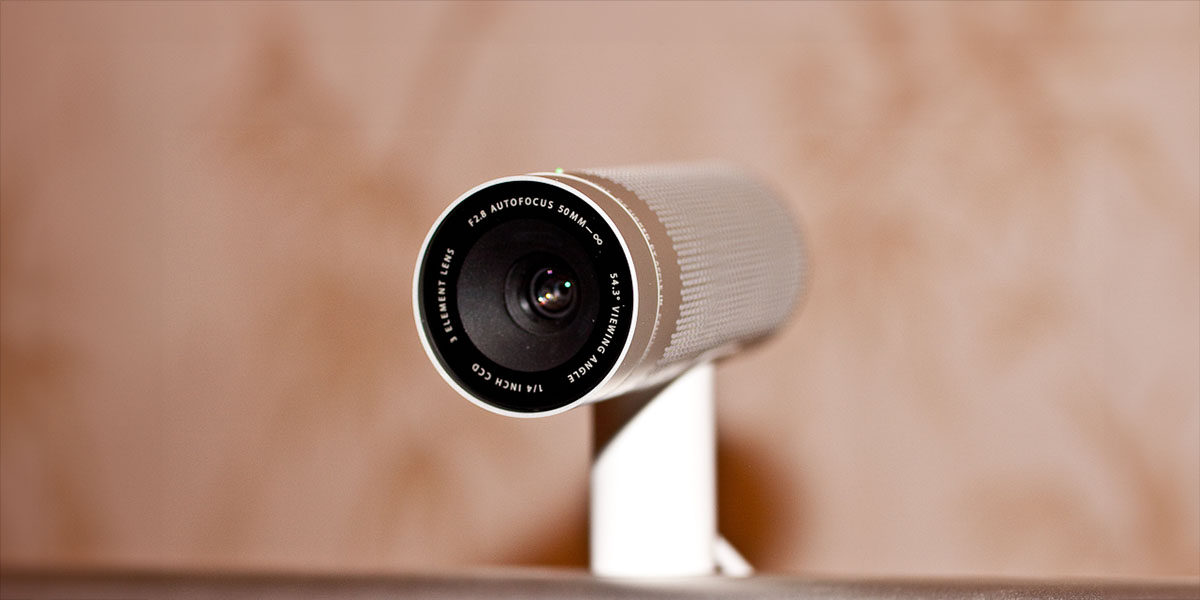
A recent report suggested we might see an Apple security camera launch in 2026, and more than 80% of you said you’d be likely to buy one.
We argued that we can expect Apple Intelligence features to be included, and a newly-granted patent backs that view …
We previously noted the evolution of AI features we’ve already seen in smart cameras, and said we expected Apple to go further.
The first AI feature to come along was person-detection. When the motion detector was activated, an AI system would check whether there was a person-shaped object in the frame, and only trigger recording if a human was detected.
More advanced cameras offer person-recognition, where it can recognize members of the household, and not trigger recordings of them, only saving clips of people it doesn’t recognize.
But it seems likely that an Apple smart home camera will aim to build on this with Apple Intelligence features, and it’s not hard to see the potential benefits of a much smarter home camera system.
An Apple patent granted today backs this view, describing how the camera might be able to recognize a person even when their face is not visible from the angle captured.
Apple says the system would start by using facial recognition to identify someone – but having done that, it would also note other characteristics about their body.
A device performs facial recognition to identify the identity of the first person shown in a first video feed. The device also identifies and stores physical characteristic information of the first person from the first video feed, the stored information associated with the identity of the first person based on the recognized face.
Once it has associated data about their body – which might include anything from clothing to walking gait – it can then use those characteristics to identify them subsequently, even when the camera cannot see their face.
Subsequently, the device can receive a second video feed showing a second person whose face is determined to not be recognized by the device (e.g., an obstructed view or poor image quality) or is not visible to the device (e.g., walking away from the camera). The device can compare the stored physical characteristic information of the first person (e.g., the gallery of images) with additional physical characteristic information of the second person shown in the second video feed […] Based on the comparison, the device can provide a notification indicating whether the identity of the second person corresponds to the identity of the first person […] In this way, techniques may enable a device to identify a person without having a view or quality image of the face.
The patent notes that the data on their body may be stored for only a short time. For example, identifying someone from their clothing would likely only work if they were seen later the same day. Other characteristics, such a body shape, might be stored for longer.
For things like walking gait, data would be derived from a video clip rather than a series of still frames.
In one example, the physical characteristics may be associated with a motion of a person over time (e.g., for example, a gait of the person as they walk). In this example, and, similar to as described above, a “motionprint” that captures a unique motion of the person over time may be stored in a suitable data structure (e.g., a multidimensional vector).
We note our usual disclaimer, that the company patents way more things than ever make it into products, but an Apple security camera did seem like an obvious opportunity even before Apple Intelligence. Today, it really seems like a no-brainer.
PS: Is it just us, or could Apple easily sell this 2003 camera design in 2024?
Apple iSight webcam photo: Roman/CC2.0 (expanded using AI; this version also CC2.0)
FTC: We use income earning auto affiliate links. More.

 2 hours ago
1
2 hours ago
1







![Google Messages rolls out ‘Your profile’ settings to Customize name, picture [U]](https://i0.wp.com/9to5google.com/wp-content/uploads/sites/4/2024/06/Google-Messages-4.jpg?resize=1200%2C628&quality=82&strip=all&ssl=1)










 English (US) ·
English (US) ·